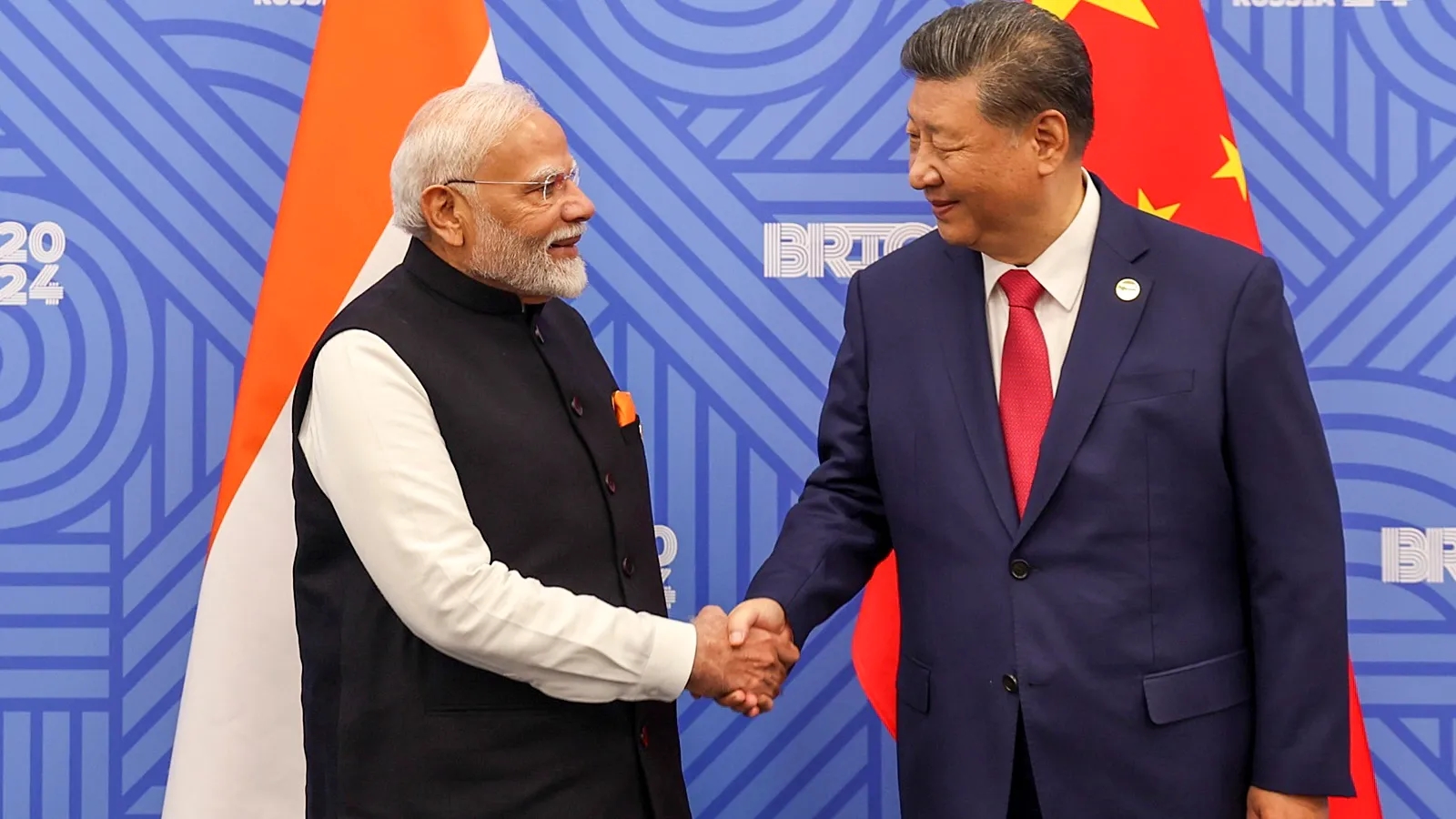
My favourite anecdote about Mao Tse Tung is his answer when asked what will be the impact of the French Revolution on human history. Mao, reportedly, thought for a while and said, “It is too early to tell.”
China waits. China is patient. China does not boast that it is the second largest economy in the world or set a date for becoming the largest. These qualities are rare in an emerging powerhouse. On the flip side, China is not a democracy and its people do not enjoy the freedoms that democracies cherish. By contrast, India is, by and large, democratic, as well as noisy and quarrelsome. India also celebrates prematurely. For example, the medals table in the Paris Olympics 2024 read:
There were more celebrations in India than in the United States or China.
Contrasting announcements
The contrast was visible when the agreement between the two countries on ‘patrolling arrangements’ along the Line of Actual Control was announced a few days ago. It is the first breakthrough after the clashes in May 2020. On behalf of India, the foreign secretary addressed a press conference, the foreign minister gave an interview and the Army Chief spoke at an event. The foreign minister said “we have gone back to where the situation was in 2020.” However, the Army Chief said: “We want to go back to the status quo of April 2020. Thereafter, we will look at disengagement, de-escalation and normal management of the Line of Actual Control.”
On China’s behalf, a spokesperson of the foreign ministry made a matter-of-fact statement: “China and India have been in close communication on issues related to the border through diplomatic and military channels. At present, the two sides have reached a solution on the relevant matters which China has positively evaluated. In the next step, China will work with India to implement the above solution” (ToI). He declined to reveal any details.
Where we stand
It will be useful to recall the position until last Sunday. The PLA forces crossed the LAC into Indian territory in March-April 2020. India discovered the intrusion on May 5, 2020. In a bid to remove the intruders, India lost 20 brave soldiers. China too suffered an undisclosed number of casualties. The prime minister called an all-party meeting on June 19, 2020. In his concluding remarks, the prime minister infamously said, “No outsider has intruded into Indian territory, nor was any outsider inside India.” But according to a number of military officers and experts, India is no longer in control of approximately 1000 sq.km. of territory where our troops could earlier patrol.
The hard facts are that China claims the entire Galwan Valley. It claims that the LAC runs through Finger 4 and not Finger 8. China has conceded nothing on Hot Springs.
India wanted to discuss Demchok and Depsang but China refused. China is building military infrastructure in Aksai Chin and along the 3,488 km border it shares with India. It has installed 5G networks up to the LAC. It has built a bridge across Pangong Tso. It has brought military hardware and thousands of troops to the border.
The declared official position of the MEA has been restoration of the status quo ante. The government has consistently used the words ‘disengagement’, ‘de-escalation’, ‘de-induction’ and ‘withdrawal’. In recent months, however, the MEA has not used the phrase ‘status quo ante’. The government has shown commendable patience and perseverance. If there is indeed an agreement — China baulked at that word and preferred to say ‘important progress’ — on patrolling it would be a reward to the government for staying the course in the face of China’s unpredictable behaviour.
Not end or beginning
It seems that the two countries have agreed on patrolling arrangements, but no more.
It appears that patrolling by the two sides will be coordinated, twice a month, and the number of soldiers limited to fifteen. Whether these arrangements include Demchok and Depsang plains is not clear. At Demchok in eastern Ladakh, after an agreement was reached in 2017, China re-occupied the area and has massively strengthened its presence. In Depsang plains, China has blocked access to Indian troops beyond the Y-junction and to the traditional Patrolling Points 10, 11, 11A, 12 and 13. There are other friction points such as Galwan, the north and south Banks of Pangong Tso, and Hot Springs. It is a leap of faith to assume that all these issues have been sorted out. There is still an undercurrent of distrust.
A sad reflection on our democracy is that the India-China clashes were not allowed to be discussed in Parliament even once in the last four years. On the patrolling deal, Defence experts have advised caution; the Congress has raised pertinent and obvious questions; and other Opposition parties have been silent. Will the October consensus lead India and China to a comprehensive negotiated solution? It is too early to tell.




